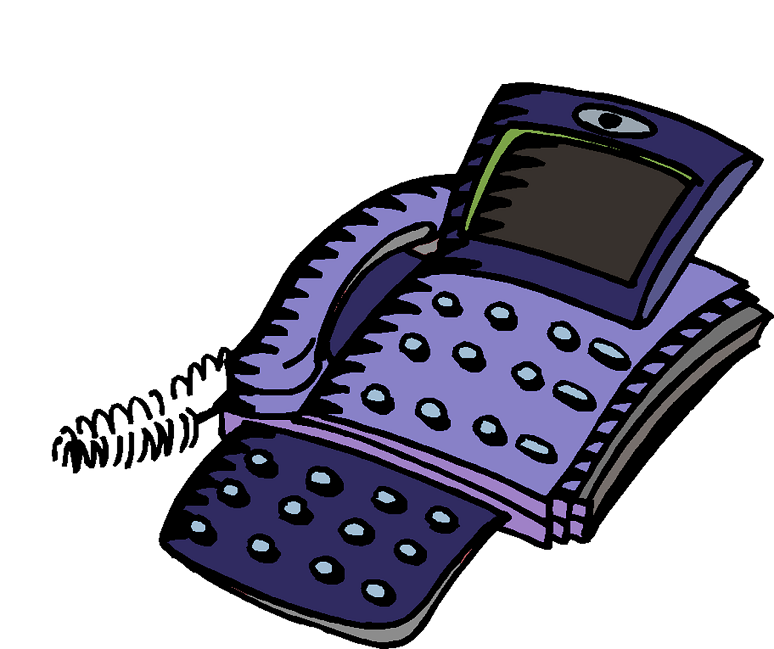As communications consultants with clients all over the country, we have helped with many enterprise deployments over the years and have seen just about everything. In all those deployments, it’s become clear that most enterprises tend to struggle with supplying communications endpoints and devices. This is largely due to the wide variety of options available today for endpoints, as well as the myriad factors to take into account when crafting an endpoint strategy. In addition to cost, these factors include differences in employee roles and skill sets, varying use cases, and of course user demands and preferences.
Ultimately, every business (and its users) is different, and there simply cannot be a one-size-fits-all solution. An enterprise’s endpoint strategy will come down to analyzing its environment and deciding on a solution that fits its unique needs. However, lessons learned from other enterprises can be helpful as you work to craft your enterprise’s endpoint strategy.
Deskphones Everywhere
We have worked with many organizations (i.e. county governments) that just want to keep things simple by opting to deploy deskphones for all employees. We have also worked with other clients that are more mobile and want a mix of softphones, mobile UC clients, headsets, and a variety of devices. But the more variables you have, the more complex and challenging the deployment will be.
Beyond simplicity, there are certain advantages to taking a deskphones-for-all approach. Take, for example, a professional services firm that was a client of ours. It wanted to deploy deskphones across the company so that it would have the ability to “hotdesk,” allowing employees to sit at any desk and log in to the phone.
Employees also liked this approach, because it enabled them to push calls from their deskphone to their cell phone so that they could talk while on the move. With this deployment, callers need only dial the DID work phone number and the receivers would get the call on both their deskphone and cell phone. Additionally, the UC client on the deskphone also allowed users to screenshare on their PCs, so there was no need to procure another outside service.
No Deskphones Anywhere
We have another client that decided not to deploy deskphones for any of its 785 users, instead going with Microsoft Skype for Business soft phone paired with Plantronics headsets.
One of the reasons this organization decided to take this approach is because it had a very mobile office environment, and many of its employees were not often at their desks. There were a few gotcha’s with this deployment, however. For one, this setup required users to log in to their computers in order to make a call. If a user arrived at the office and needed to make a quick call before logging in, they needed to use their personal cell phone, since there were no deskphones in sight. While this may seem like a small thing, it’s still something to consider, and in this case, the organization had not thought about scenarios where a call might need to be made prior to logging in to PCs.
Some enterprises make the mistake of deciding to deploy soft phones because they think it will cost less than having to procure hardware/deskphones. But cost shouldn’t really be a significant factor since a deskphone is about the same cost as a UC headset these days.
Mix of Devices
In another scenario, a large enterprise with roughly 3,000 employees decided to use a mix of deskphones, soft phones, and cell phones. The vast majority wound up on soft phones, and because most of these employees worked in the contact center, many didn’t even need a DID number or declined a DID number.
In this environment, most employees never receive calls. In fact, 98% of inbound TDM traffic came in through the call center. The enterprise still sees it as important to be able to receive a TDM call today, but sees it becoming less and less important moving forward. For business side employees that have the need to demonstrate something to a customer, they can use Zoom, which again, does not require making a TDM call.
Deskphones aren’t going away by any measure, but it’s important for enterprises to explore all options available to them as relates to endpoints. To learn more about crafting an endpoint strategy for your enterprise, come to my Enterprise Connect session, “
Evolving Endpoint Decisions and Strategies: Enterprises Weigh In,” taking place on Wednesday, March 20 at 2:00 P.M. You’ll hear direct from your enterprise peers, who will share their endpoint strategies, the factors they weighed, and any speed bumps they encountered throughout the process.
Enterprise Connect comes to Orlando, March 18 to 21, at the Gaylord Palms. If you haven’t yet registered,
do so today! As a No Jitter reader, you can use the code
NJPOSTS to save an extra $200 off your registration.
"SCTC Perspectives" is written by members of the Society of Communications Technology Consultants, an international organization of independent information and communications technology professionals serving clients in all business sectors and government worldwide.











